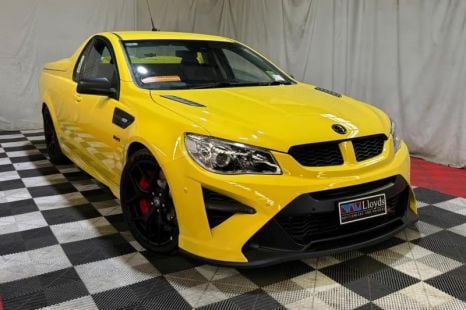

Damion Smy
Holden sales record as HSV sells for $1.2 million
32 Minutes Ago

News Editor
Holden may be dead, but General Motors is continuing to race in Supercars.
It’ll compete under the Chevrolet Racing banner, with the company revealing its all-new Gen3 Chevrolet Camaro ZL1 supercar for the 2023 championship season.
Gone are the days of Falcon v Commodore, and the new rivalry on the track will be Camaro v Mustang.
But while Ford can “race on Sunday, sell on Monday” by offering a road car to punters with its popular Mustang, there’s no Camaro in GM Specialty Vehicles showrooms.
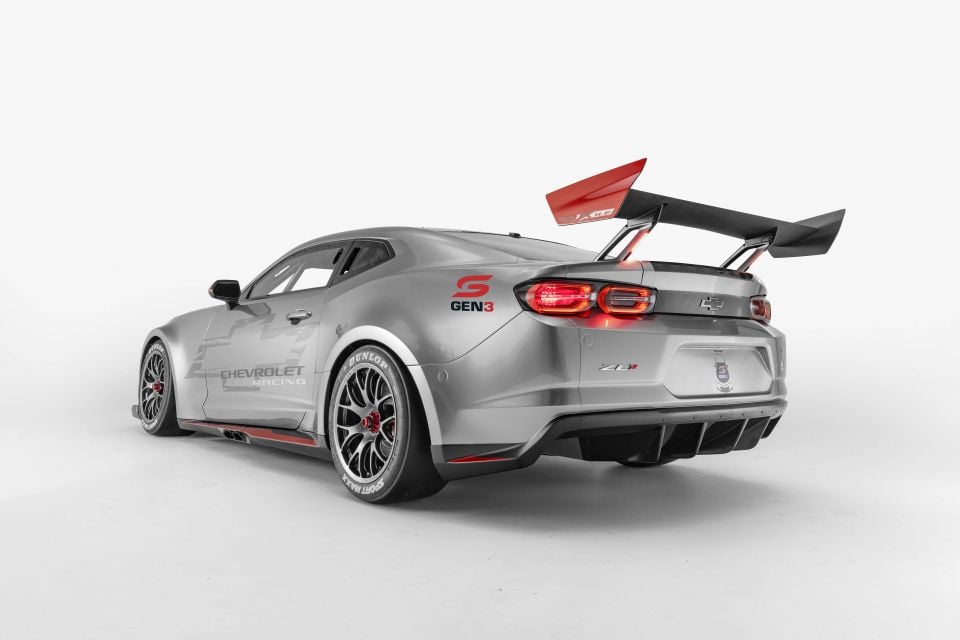
The new Supercar’s donor vehicle was last offered under then-Holden Special Vehicles, where it was re-engineered locally to right-hand drive. There are also rumblings Chevrolet’s pony car has only a couple of years left.
The Gen3 Camaro ZL1 supercar is the result of a collaboration between GM, Supercars, and Triple Eight Race Engineering, with the GM Design team in Detroit responsible for the racer’s design.
The same design team also designed the next-generation Camaro ZL1 for NASCAR.
Chevrolet Racing will be part of GM’s portfolio of business units in Australia and New Zealand, which comprise GMSV, Holden Certified Service, GM Trade Parts and ACDelco, and GM says it signals an “exciting future”.
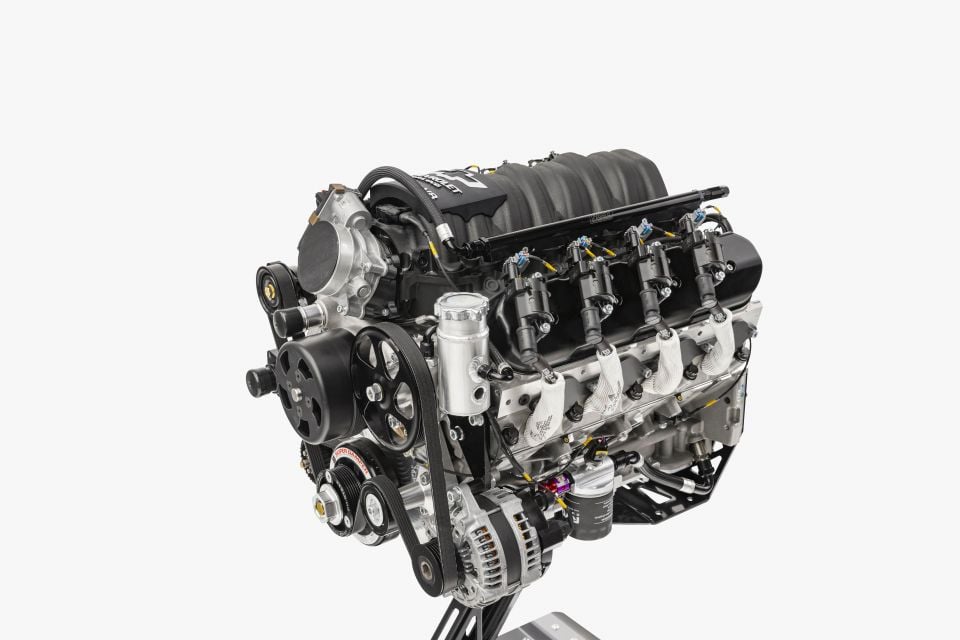
GM also says this is a continuation of 50 years of Holden motorsport success – in other words, the name may have changed, but existing fans can still enjoy.
It’s powered by a member of a long line of GM aluminium small-block engines, specifically the 5.7-litre Chevrolet Racing LTR V8 engine.
Homologation partner KRE Race Engines are developing the engine for Supercars, and work will be carried out through 2022. It’s already undergone early testing and track laps.
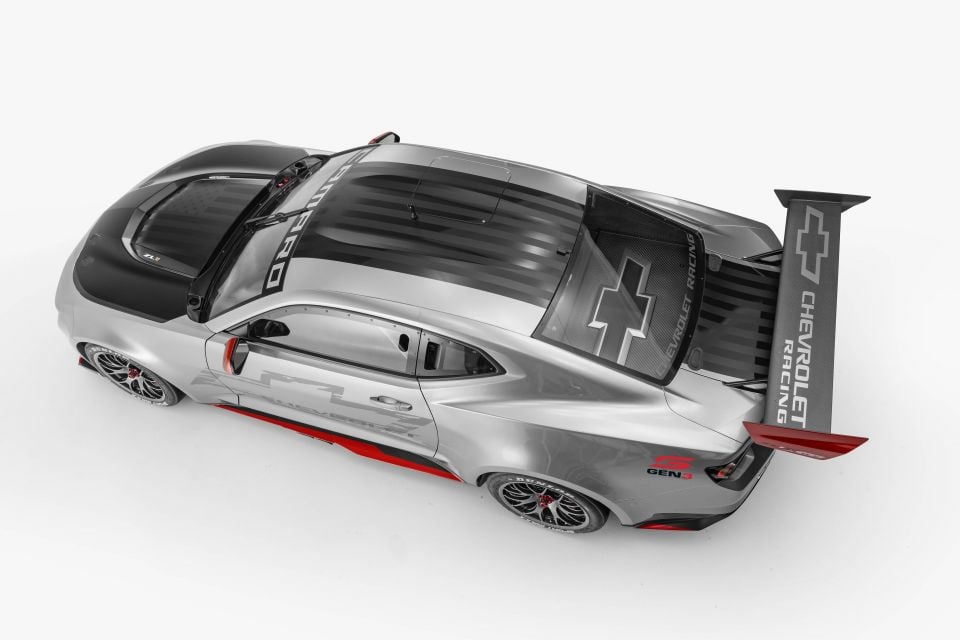

Gen3 Supercars are required to have the same dimensions as the road cars they’re based on for all key body components, including the doors, roof, windows and bonnet.
These parts must therefore be interchangeable with their respective road car, in a return to the category’s heritage. The cars must also be 100mm lower, 100mm wider and 100kg lighter, with overall downforce reduced by 200kg.
The transaxle and rear suspension can carry over from Gen2 cars, but the cars must have a chassis that’s “hybrid ready”. The changes are designed to make racing more cost-effective.
This isn’t the first time the Camaro has been raced locally.
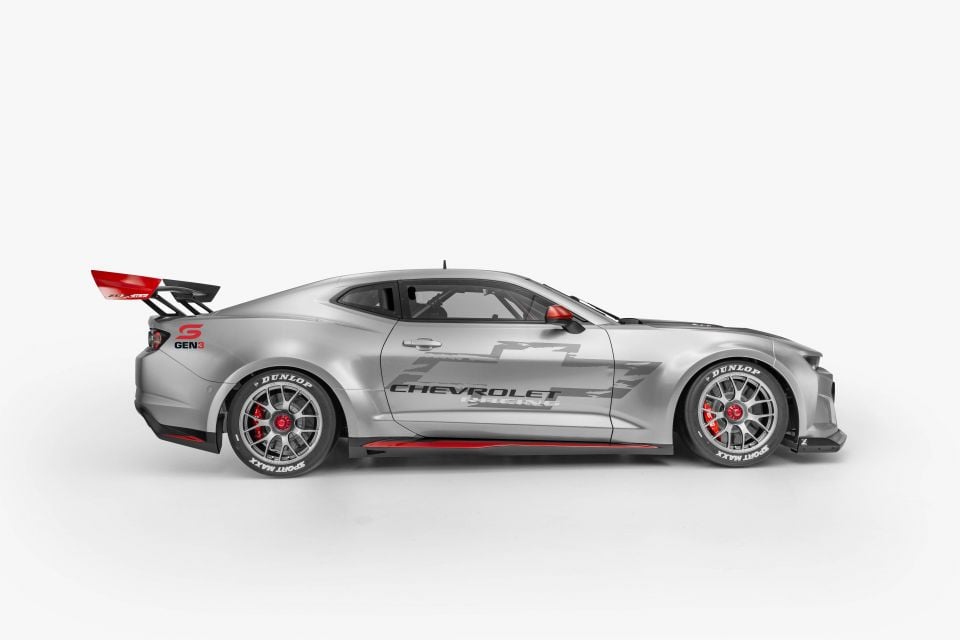
Tyre magnate Bob Jane used an imported 1969 Camaro ZL1 in 1971 to claim the Australian Touring Car Championship.
It battled Allan Moffat’s Ford Mustang at Sydney’s Oran Park circuit and was the victor that year, before winning again in 1972 even though regulations had forced him to downsize from a big-block, aluminium 427 cubic-inch (7.0-litre) V8 to a 350 cubic-inch (5.7-litre).
Camaros were also raced in Australia in the late 1960s, in the early years of the model’s run.
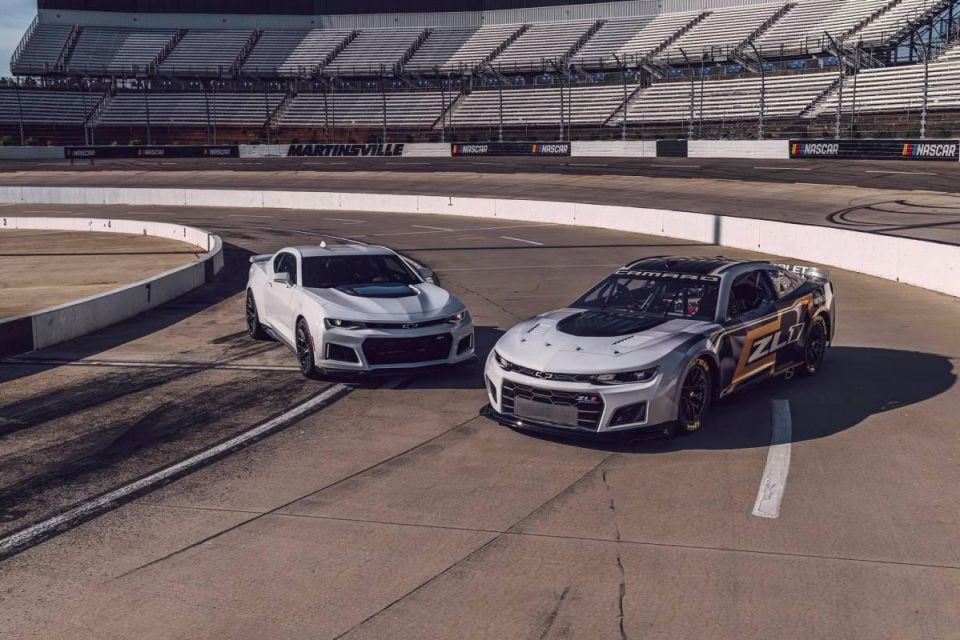
The new Camaro supercar’s announcement comes as GM celebrates 50 years of Bob Jane’s win and 12 months of GMSV.
While you can’t buy a Camaro at GMSV showrooms, the company is bringing factory right-hand drive versions of the C8 Corvette to Australia.
That includes the track-focused, flat-plane crank Corvette Z06.
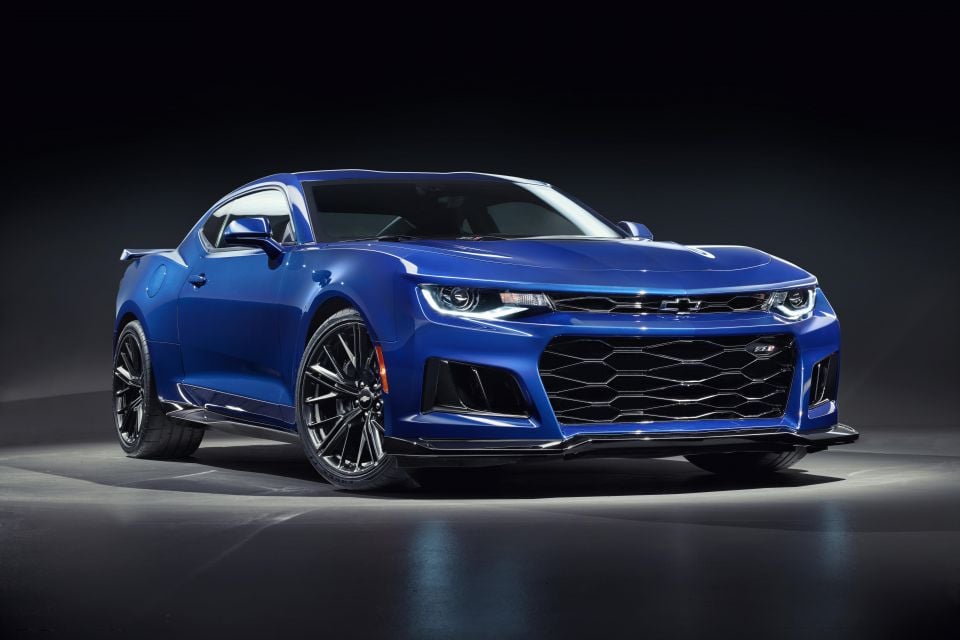
Though it’s no longer sold here, the Camaro ZL1 remains the pinnacle of performance in Chevrolet’s current generation of pony car.
The road-going version packs a supercharged 6.2-litre V8 engine with 477kW of power and 881Nm of torque, or 138kW and 264Nm more than the naturally-aspirated 6.2-litre in the Camaro SS.
It was also almost double the price at $162,190 before on-roads, more than what the base C8 Corvette costs.
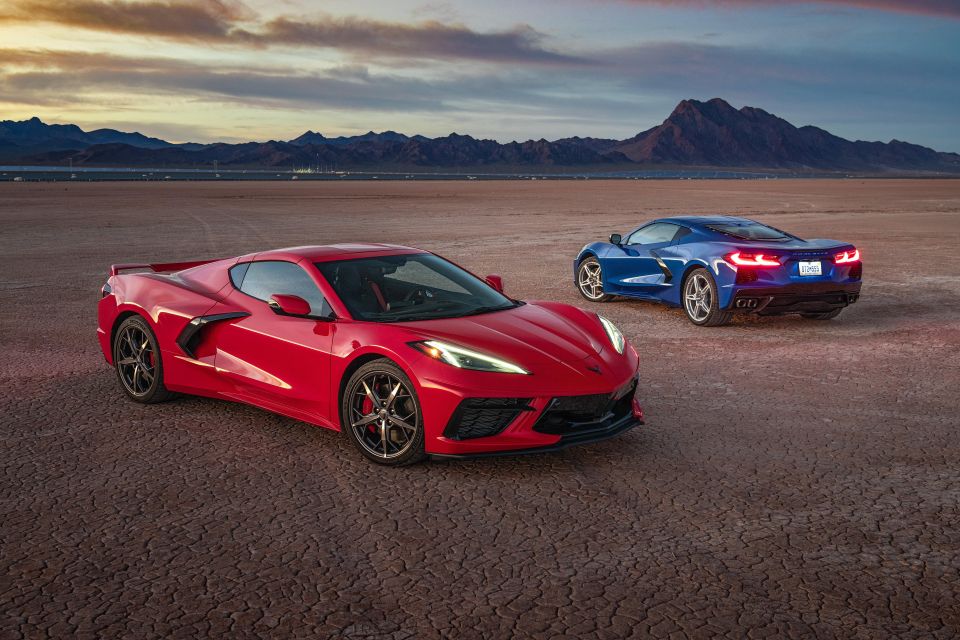
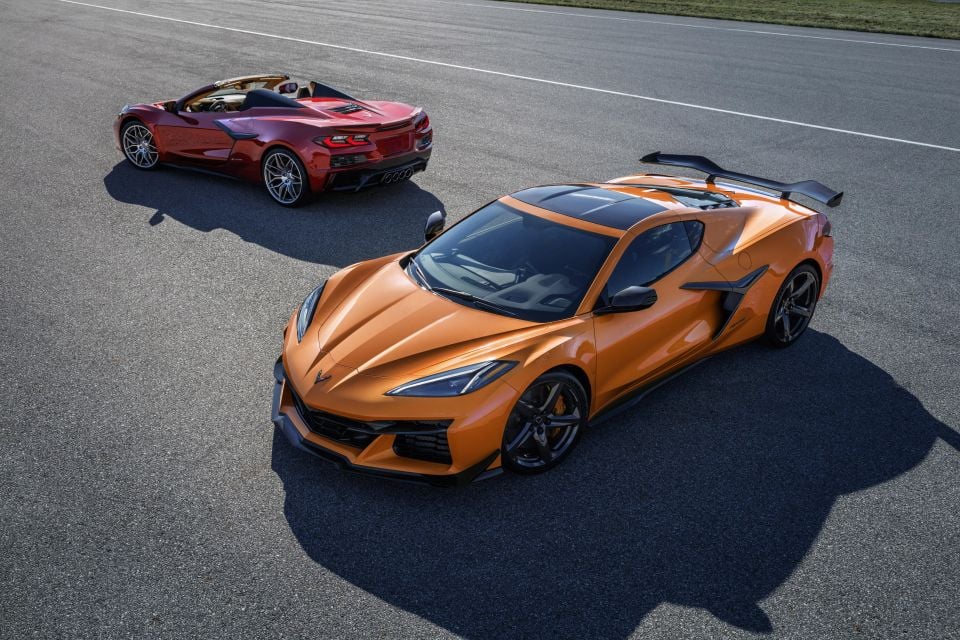
The sold-out, mid-engined Corvette has an atmo 6.2-litre with 364kW and 630Nm and is priced from $144,990 before on-roads.
The Z06 has yet to be priced for Australia uses a naturally-aspirated, double-overhead cam 5.5-litre V8 with a flat-plane crank and 500kW of power and 623Nm of torque.
Chevrolet progressively rolls out spicier Corvettes with each new generation, so expect an even more powerful ZR1 variant in due course.
Where expert car reviews meet expert car buying – CarExpert gives you trusted advice, personalised service and real savings on your next new car.
William Stopford is an automotive journalist with a passion for mainstream cars, automotive history and overseas auto markets.


Damion Smy
32 Minutes Ago
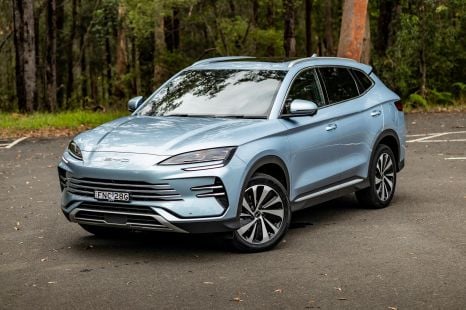

Josh Nevett
43 Minutes Ago
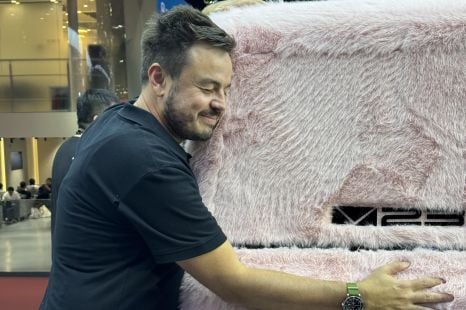

Max Davies
1 Hour Ago
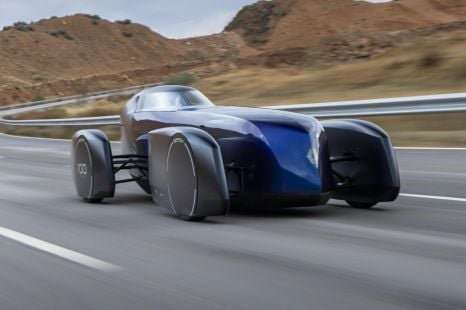

Derek Fung
2 Hours Ago


Max Davies
9 Hours Ago


Damion Smy
17 Hours Ago